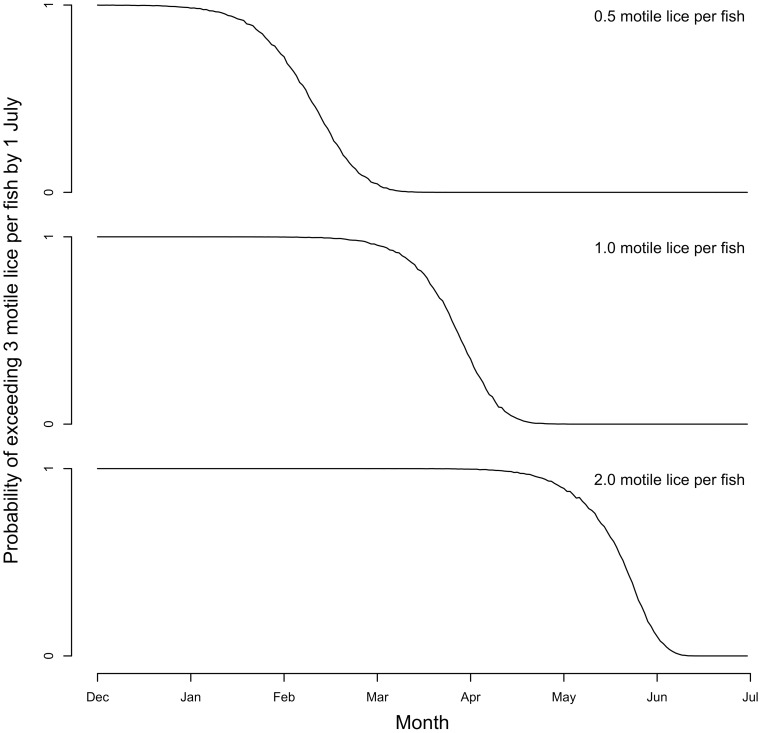Figure 4. Simulated probability of exceeding three motile sea lice per farmed salmon during the juvenile wild salmon migration in the absence of SLICE® treatment.
Probabilities are shown for exceeding a threshold of three motile sea lice per farmed salmon before the end of the juvenile wild salmon migration (June 30th) given average sea louse abundances of 0.5, 1, or 2 motile sea lice per fish in a particular month and in the absence of treatment. Probabilities for each month correspond to the proportion out of 10 000 simulations that met or exceeded three motile sea lice per fish by June 30th. Simulations are based on the stochastic model in equation (3) with random variation around the growth rate (r) and around the parameters for the effects of temperature (b) and salinity (c) Cohort surface area, A, is set to its standardized mean (A = 0) and the months since treatment (M) is excluded from the simulation. Values for temperature and salinity are chosen for each month in each simulation by random selection from standardized observed values for that month from the data.

